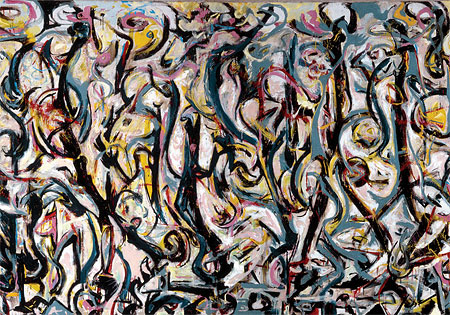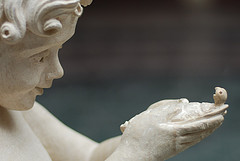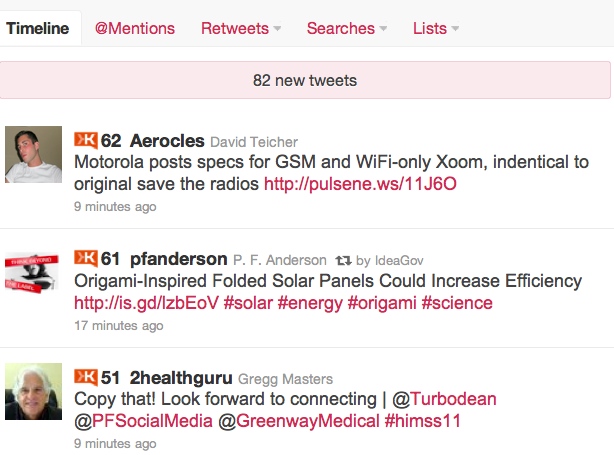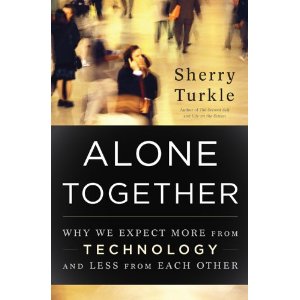It is a nice painting though
This post is not about technology, (are any of them anymore?), not about workplace issues, not about some kind of pointless diatribe on social networking or any of that. Have say about $150M laying around?
Have say about $150M laying around?
This post is about art, or rather it is about a specific painting, Jackson Pollock's 1951 work titled 'Mural'.
The current owner of 'Mural' is the University of Iowa, and not unlike many colleges and universities around the country, these days the University is faced with a difficult set of economic circumstances. Shrinking financial support from Federal and State government sources, rising costs for infrastructure and facilities, and increased expenses for labor and employee benefits all combine to put Iowa, and many if not most other state Universities in a challenging position.
But Iowa has something, an asset of sorts, that no other University can claim. They own 'Mural'. And by some accounts, 'Mural' may be worth as much as $150,000,000 on the open market.
You read that correctly, that was a one-five with a whole bunch of zeroes following along.
Understanding the current financial challenges that will likely linger for the foreseeable future, Iowa state Representative Scott Raecker floated the idea of selling 'Mural', making the argument that the funds from the sale could fund, in perpetuity, as many as 1,000 annual University scholarships for Iowa students.
The idea of selling the Pollock piece was understandably met with resistance - the piece is iconic, irreplaceable, and could impact the University's ability to solicit future non-monetary donations and contributions. Ultimately the controversy and concern over selling 'Mural' has led to the proposal to sell the piece to be abandoned.
For now, 'Mural' remains hanging on the wall in Iowa, the (potential) $150 million remains a dream, and no high school students in Iowa are working on the first drafts of their 'Toss Paint at the Wall Scholarship' essays.
The Huffington Post ran a long, thoughtful, and persuasive piece on why selling the painting would be a bad decision by the state. The arguments about the 'priceless' nature of classic art, an understated but palpable concern about foreign interests buying our uniquely American culture, and the kind of ivory tower, 'we are better than that' positions taken by some of the involved parties add up to a compelling argument.
But to me it is an argument that eventually goes wanting. Selling the piece doesn't destroy it, or devalue the contribution made over 50 years ago. Most university benefactors would (I think) be ecstatic at the ability to endow hundreds of full academic scholarships in perpetuity. And who knows, maybe one of the thousands of students that could benefit from such an endowment would produce a work or art that surpasses 'Mural'.
Heck, most of the people that look at Pollock think to themselves, 'He just threw paint on the canvas, my 5 year old could do that'.
In fact, when waking up to the idea that 'Mural' might be worth 150 large, I may hang up the blog for a while to toss some paint at the wall myself.
What do you think? Are some works of art really 'priceless', no matter what?

 Steve
Steve


